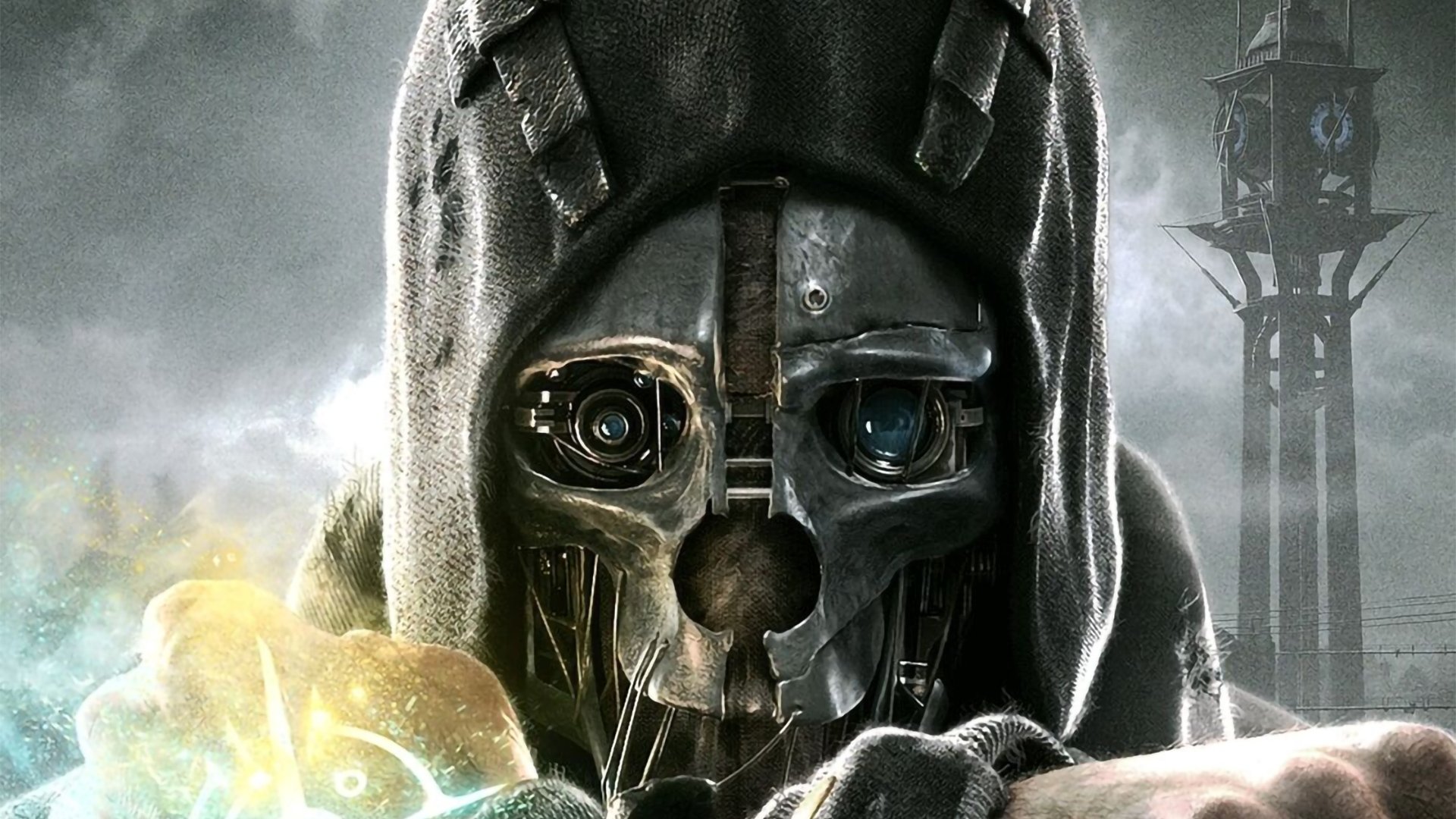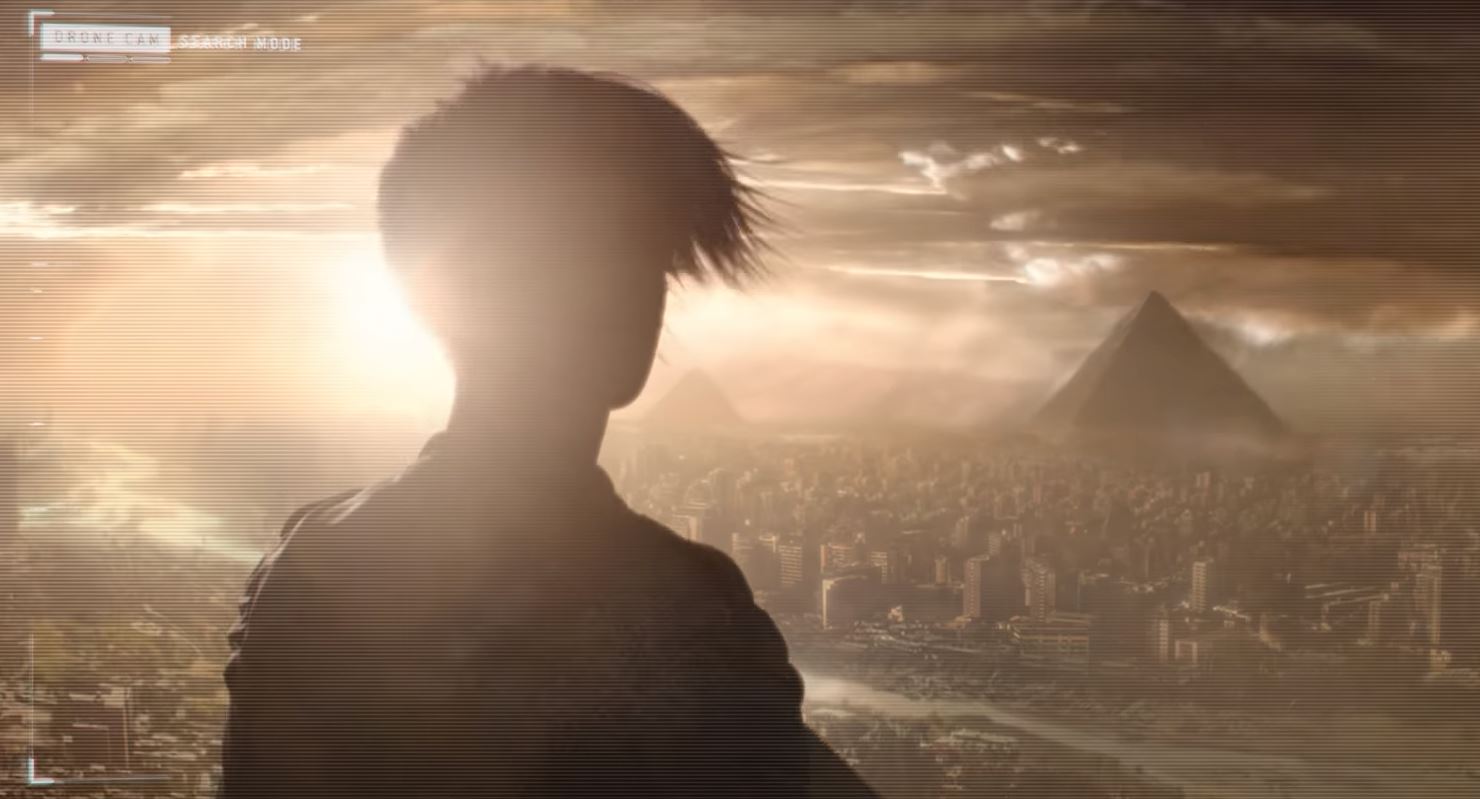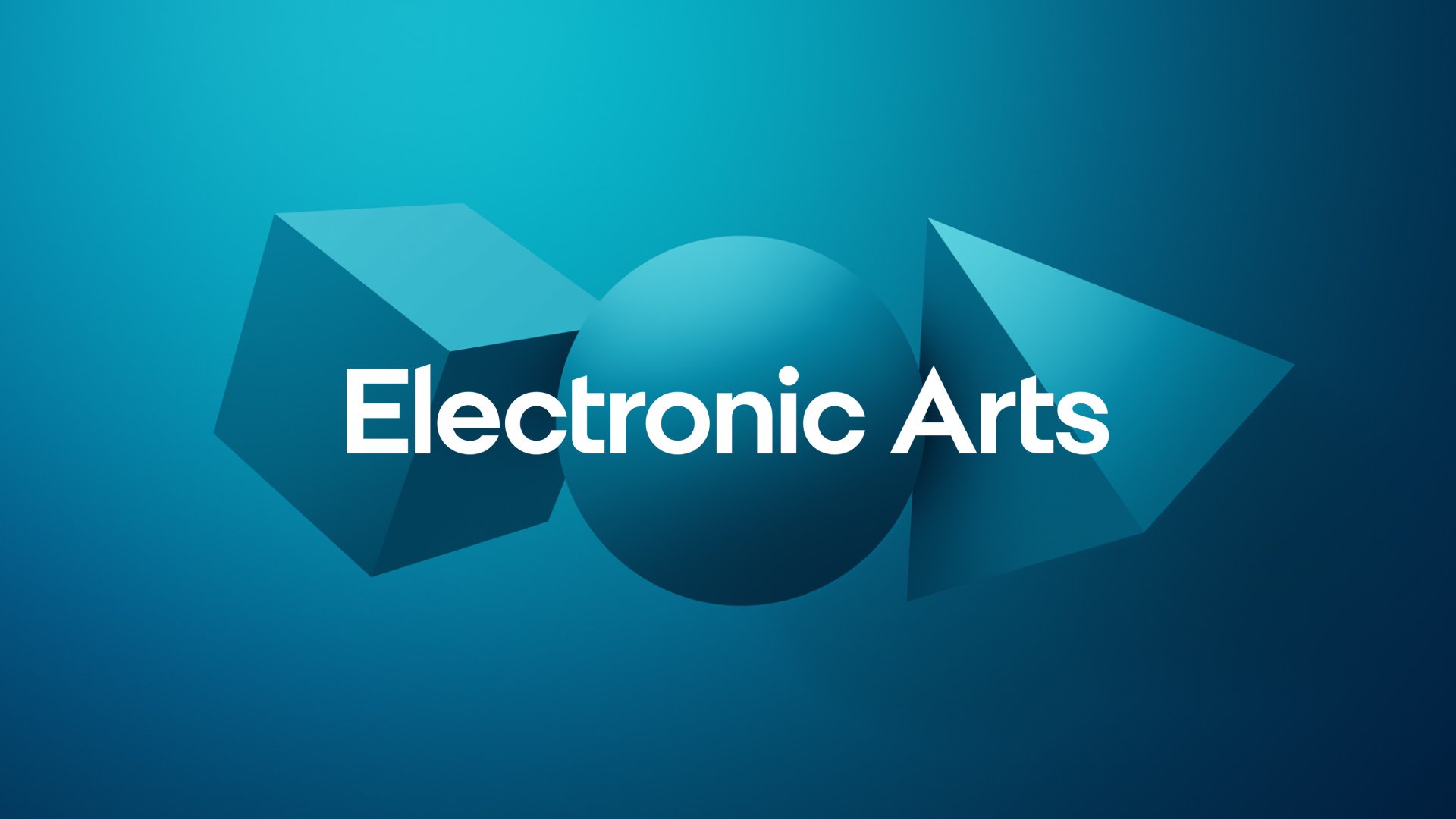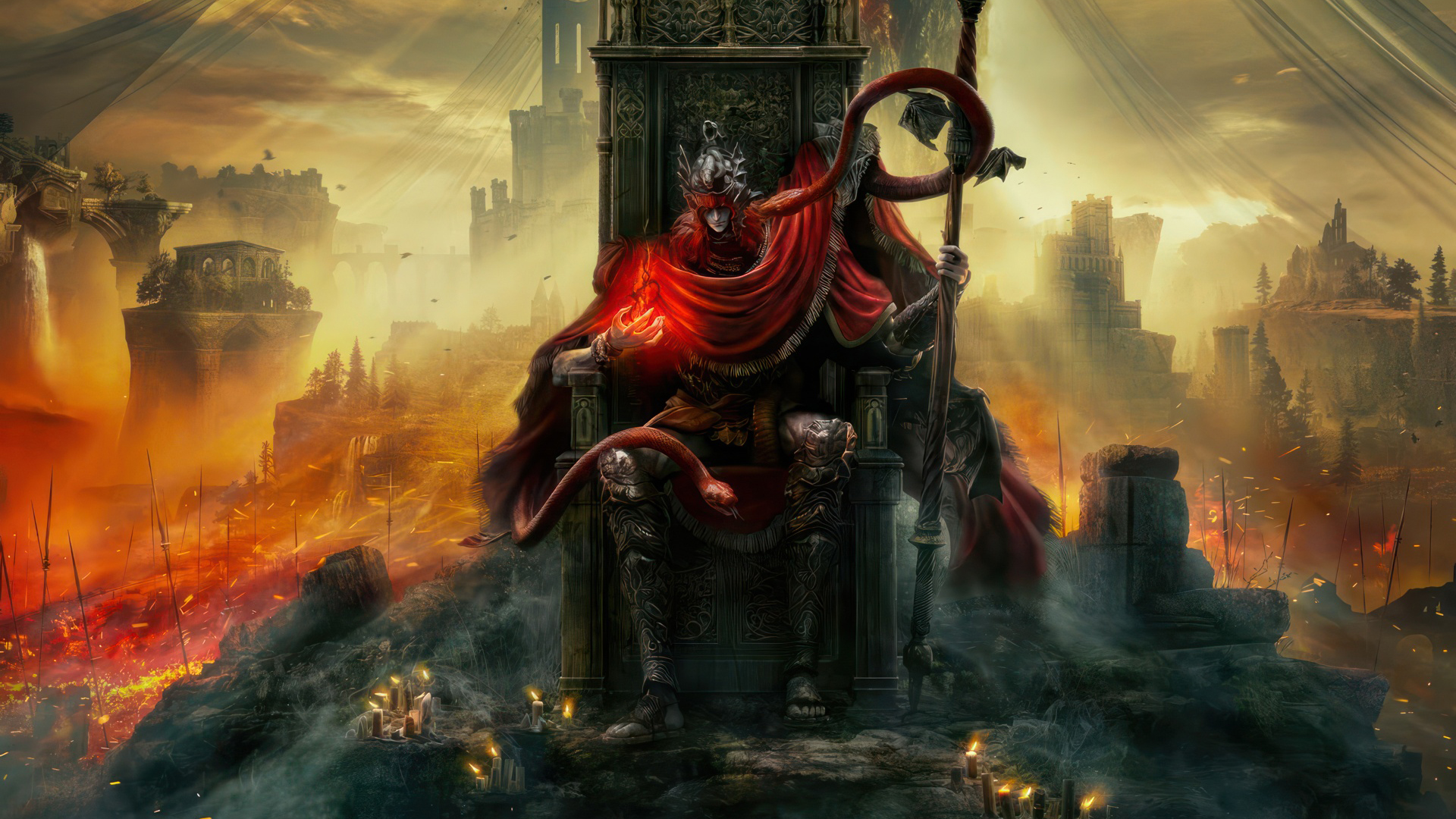When you make the greatest trilogy of superhero games ever, the wait for your next game is going to be excruciating for fans.
That’s the situation Rocksteady found itself in with Suicide Squad: Kill the Justice League. A sequel of sorts to the Arkham games, Suicide Squad is burdened by not only the expectations of those waiting a decade for a new game from Rocksteady, but also the uneasy mood following some less-than-impressive pre-release showings, and an industry-wide live service fatigue.
That’s why it came as such a surprise that not only is Kill the Justice League far more enjoyable to play than expected, but it also has a genuinely excellent story at its heart and a level of graphical quality that in some scenes is genuinely industry leading.
It’s not perfect, there are plenty of live-service skin grafts that feel implemented by C-suite suits rather than developers, and a level of repetition in mission content that’s disappointing, but it’s far from the legacy-ruining disaster that so many feared prior to launch.
Notice: To display this embed please allow the use of Functional Cookies in Cookie Preferences.
I started a Joke
Suicide Squad: Kill the Justice League is set in Metropolis, home of Superman, years after the events of the Arkham games. Not only are those games canon, but the game goes out of its way to explain why Batman is still around following his sticky end at the conclusion of Arkham Knight.
Superman’s big bad, Brainiac, is taking over the world and has enslaved several members of the Justice League. With no one to turn to, Amanda Waller (played by the always-excellent Debra Wilson) enlists Harley Quinn, King Shark, Captain Boomerang, and Deadshot to form a not-so-elite fighting team. The catch? If they disobey her, a bomb in their heads will cause their skulls to part ways with their shoulders.
An obvious question, and one that’s addressed by the game, is how are you going to make four characters, two of which have no real superpowers, take down the Justice League. And while they have a bit of help from Wonder Woman, the game is forced to come up with three fairly similar contrivances as to why Superman is taking damage from your machine gun (would you be shocked to hear it’s Kryptonite?).
This aside, the story is great, and totally fits in the Arkham universe. Rocksteady makes the smart decision to not over-explain who the Justice League is, or how the threads exactly bind the Arkham games to this. You know who Superman is. You know who Green Lantern is. Metahumans existing in the fairly grounded world of Arkham doesn’t feel like the stretch it perhaps did when the original game was released 15 years ago.

The biggest through-line between the games is Harley Quinn, who in retrospect is a natural fit for a protagonist in an Arkham sequel. The character is mostly the same one that spawned infinite cosplays from the Arkhamverse, but she’s grown, she’s post-Joker and if you’re going to play the game single-player (which you absolutely can), she’s the one we’d recommend focussing on.
When it comes to the game’s sense of humour, your mileage may vary. It’s a much funnier game than we expected, and while we feel it sits just before the Borderlands event horizon of quipping to the point of bleeding ears, your tolerance may be lower.
Crucially, it feels like the decision was made to make the team a bunch of loveable losers, rather than edgy, which was the correct one. Tonally, it’s far closer to James Gunn’s campy Suicide Squad rather than David Ayer’s Cathouse-rejects interpretation of the group.
The Numbers Go Up
Suicide Squad: Kill the Justice League is a third-person shooter with traversal mechanics that are similar to that of Sunset Overdrive, or Infamous: Second Son. You’re facing waves of enemies, all of whom have damage numbers exploding off of them, and you’re flying across the city using each of the character’s unique locomotion methods. Harley can thwip through the sky using a Bat-drone, Boomerang can use the speed force, King Shark can leap tall buildings in a single bound, and Deadshot has a jetpack.
Thankfully, shooting feels great, if not very technically challenging. There are a huge number of enemies so they all go down rather quickly. There’s a mechanic wherein using a melee attack on an enemy will recharge your shield, but we found that we didn’t need to rely on it much.
The game’s weapons are where the strange remnants of a half-live service ambitions. There are several different tiers of loot, however, you’re given legendary weapons so quickly that four of the tiers below it instantly become irrelevant. There’s no sense of build-up in loot whatsoever. Then, fairly soon after you’re given special weapons based on other DC characters, which serve as end-game loot.
It feels like you could easily cut out half of the loot rarities and not affect the game. It means that when stuff drops from enemies, there’s no incentive to look at it, because you probably already have something great, or you’re about to go up an entire tier during the next mission.

The biggest issue with the game, and one that we and our co-op partners pointed out before we’d even finished the second chapter, is just how repetitive and short the missions are. Largely you’re sent to an area to clear out some baddies, and either shut down a battery or shoot something big and purple.
Not only is that pretty dull, it’s also what you’re doing on the side missions too, meaning that beyond some character dialogue, nothing about the main story missions feels “main.”
The missions are also incredibly short. More than once, we finished a mission before our partner could even get to the mission area. There are a few unique highlights like a brilliant Batman-themed mission near the start, but these are few and far between. The amount of times you have to do some variation of defending a truck as it scoots along a pre-set path is maddening.
It feels like it was decided that these missions had to fit anywhere on the map, and thus the actual objective couldn’t be too tied to where you are, or what you’re doing. They almost feel like Destiny Strikes, quick, no-thought excursions to try out your new weapons, on the way to something bigger. The issue is, that something bigger never really materializes, which is a shame from the studio behind classics of the genre like the Scarecrow missions of the Arkham days.
For all of our expectations around Suicide Squad: Kill the Justice League, what we didn’t foresee was that we’d be confidently proclaiming that it’s one of the best-looking games in years.
The headline act is the facial animation which is genuinely industry-leading. There are scenes where it looks like very slightly digitally altered video footage of actors, rather than CG renders. The range of expression on each of the characters is startling, with so much being conveyed by the widening of eyes, or the curling of a smile. It adds so much to already excellent performances.
Suicide Squad: Kill the Justice League is a much better game than the marketing would have you believe. It’s enjoyable both alone or with friends, and it’s the best DC story in a game since the last time Rocksteady was in town.
The mission repetitiveness and the strange decisions around loot are definite downsides, but this is not the story of a once-great single-player studio being destroyed by live-service guff we feared. The writing is great, and the humour (if you have room left in your life for banter) is enjoyable. The game is absolutely gorgeous, with facial animations that are as good, if not better, than literally anything else on console to date.
The live service elements that remain are a shame, but otherwise Suicide Squad: Kill the Justice League is an enjoyable and worthwhile experience that brings Rocksteady’s Arkhamverse to a close in style.

 3 months ago
116
3 months ago
116







